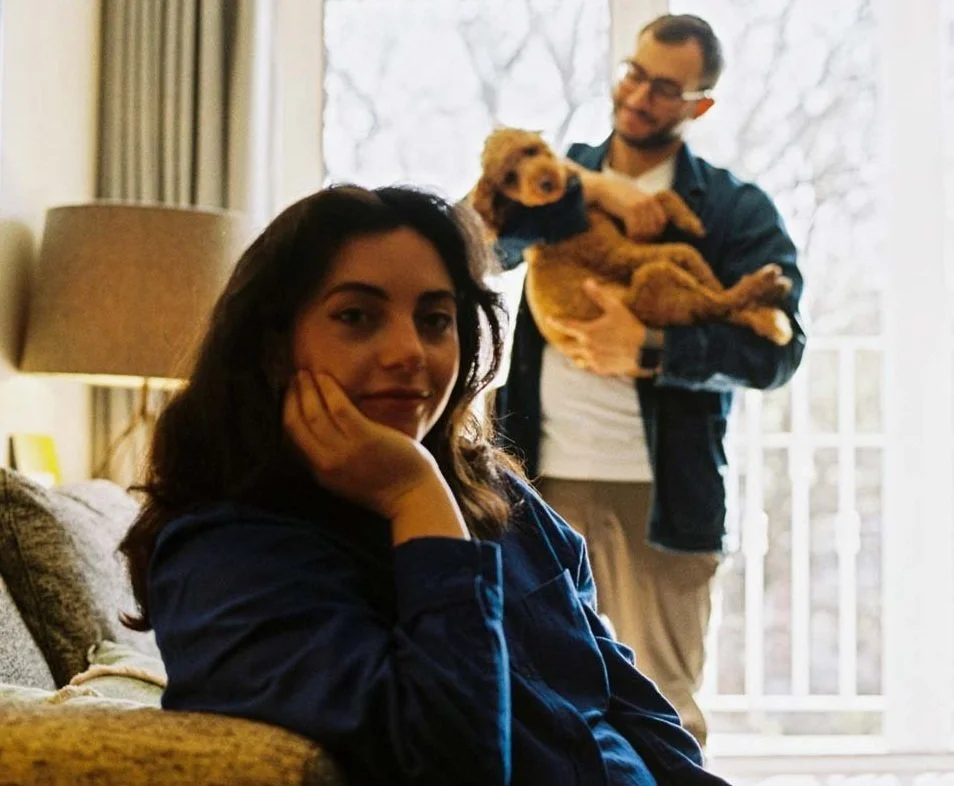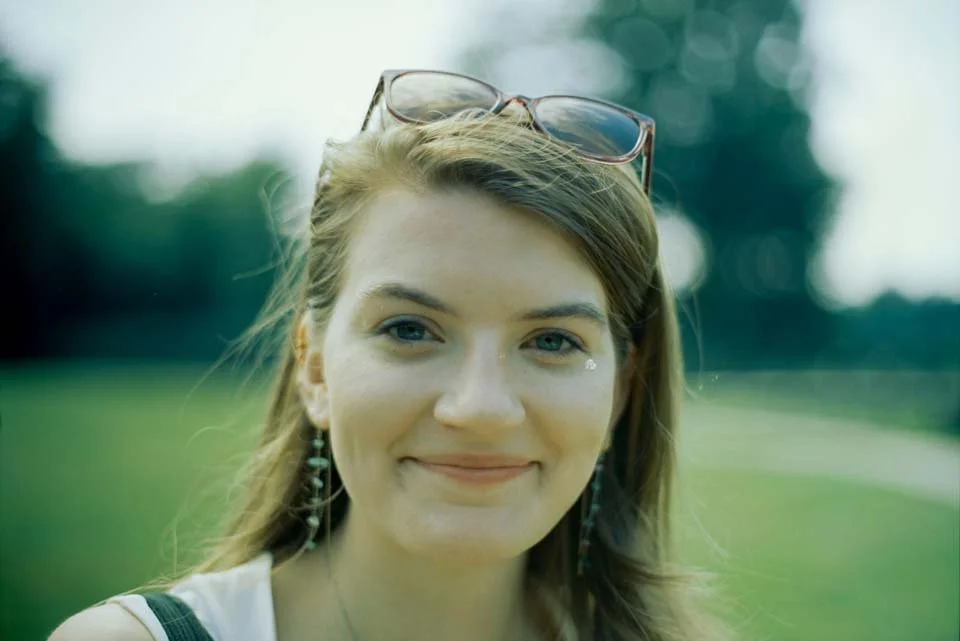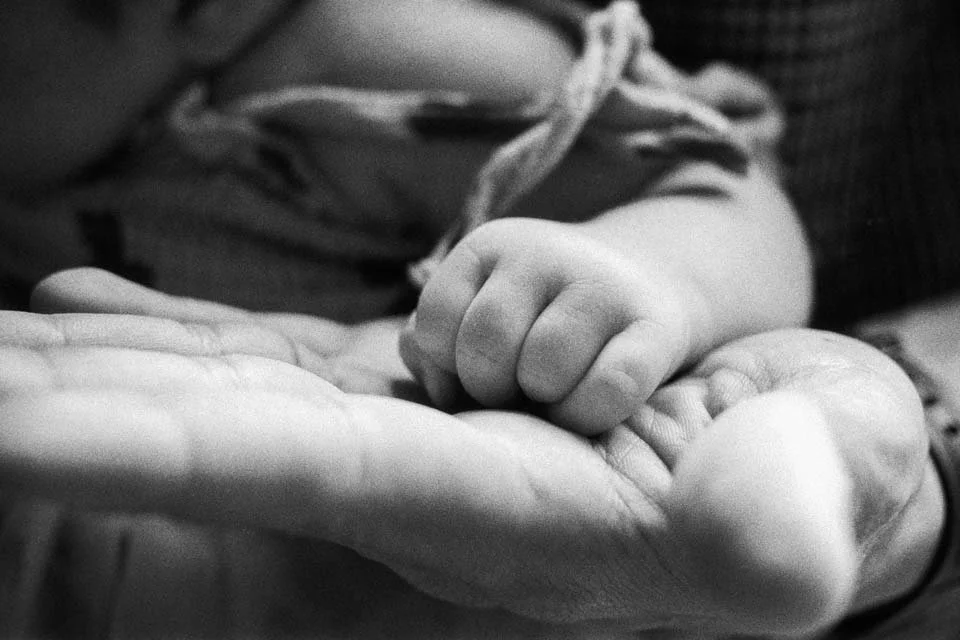Is the Minolta X-700 worth it?
Why the Minolta X-700 is My Go-To for 35mm Film Photography
Hi, I’m Jite, a Dublin-based photographer specialising in portraits, street photography, and especially intimate newborn and maternity sessions. For the past two years, my main 35mm film camera body has been the Minolta X-700, and honestly, I really, really like it. It’s perfect for anyone looking to dive into 35mm film photography and manual focus film cameras.
My Minolta X-700 and lens kit
How I chose It
I was torn between the Minolta X-700 and the Canon AE-1, which is a great camera and a popular choice for film photographers. A friend recommended the X-700, and I stumbled upon a listing on Adverts that caught my eye. The deal was incredible: the camera body, a 45mm f/2 lens, and five rolls of black and white film for €300.
I remember my friend at the time thought it was an “awful deal.” But I had a good feeling about it; it looked like it was in mint condition, with the lens and the film. My friend changed his tune pretty quickly after briefly looking into it himself and realising what a gem I'd found, telling me to buy it immediately. After some negotiation, I got it for €220.
That 45mm f/2 lens was my very first, and it's still a beautiful lens that my partner Aenea uses now. I bought her an X-300 more on that later! It’s slightly wider than a 50mm, which gives you just a little bit more space in tighter areas, making it a brilliant starting point for portrait photography on film.
Portrait of Juliet. 45mm lens - Portra 800
Why the Minolta X-700 Just Clicks
The X-700 feels incredibly solid without being too heavy, which is a huge plus when you're on a long shoot. It's got that classic 1980s design, but it's still super comfortable to carry around all day. For me, shooting portraits especially those delicate newborn and maternity moments on 35mm film means I need something reliable and straightforward, and the X-700 fits that bill perfectly.
It's got a few key modes I find incredibly useful: aperture priority, program, and full manual. Aperture priority is probably what I use most since it lets me control that lovely, shallow depth of field for a blurry background that makes your subject pop. Manual mode is awesome when I want full creative control, too.
One feature that I love is the auto exposure lock (AEL) button. I can meter for my subject, lock that exposure, and then recompose without missing a beat. It's a massive help during fast-paced shoots, like when I'm working near a window where the light can change quickly. That ability to lock exposure without fumbling makes a huge difference, especially when you’re trying to capture those fleeting moments with a newborn who isn't going to hold still for long!
The X-700 also has exposure compensation, which is great if you’re looking to push film a few stops like shooting Portra 800 at 6400.
Expose for the shadows
The Shutter Sound
Now, let's talk about something often overlooked but deeply satisfying: the shutter sound. The clicks and whirs of SLR cameras are just beautiful, and the Minolta X-700 has one that I absolutely adore. It's got a distinct, mechanical "clack" that's a little louder than some other SLRs out there. You certainly can't be inconspicuous with it, especially in a quiet setting! But honestly, I love that sound. It’s a tangible part of the shooting process, a clear confirmation that you’ve captured the moment, and it just adds to the overall joy of using a 35mm film camera. It’s part of its charm.
My lens kit
When it comes to lenses for 35mm film portrait photography, I’ve found a few that give me a fantastic range of shots for my sessions:
The 50mm f/1.4 is hands down my go to lens. It's what your eye naturally sees, so it’s perfect for capturing real, undistorted moments on film. If you’re just starting out, a 50mm is a brilliant lens to begin with because it captures exactly what you see in front of you. It’s also fantastic in low light and gives you that beautiful, shallow depth of field with creamy bokeh. I literally start every session with this lens.
50mm f/1.4 - Aenea in Ruurlo
Then there’s the 35-70mm f/3.5 macro zoom. This one is just brilliant for close-ups—think tiny hands, expressive eyes, little feet, all those small details that make portraits truly personal. It adds amazing variability to my shots and helps me capture those intricate, intimate moments on film.
35mm-70mm Macro - Father & Daughter
I also use an 85mm f/2 lens. It’s amazing for tighter portraits or when I want a bit more distance from my subject while still getting that close feel. It also gives you a really nice blurry background. However, I don't use it as much as the others, mainly because I often shoot in smaller or unfamiliar spaces (like clients' homes) where it’s harder to back up enough for that longer focal length. So, usually, the 50mm and 35-70mm are my main two during a session.
85mm f/2 - Comedian Rogier Bak
I've tried a 24mm f/2.8 lens for one session. It's nice and wide, great for getting more of a scene in tight spaces, but it's not a lens I'm in a huge hurry to add to my permanent kit. What I am keen to add next are a 58mm and a 135mm lens—I’ve used those in the past and really liked what they can do. I've also got a 70-210mm with macro capabilities that I haven't used for a portrait session yet, but I'm looking forward to trying it out more in the future!
Minolta X-700 vs. X-300: Why Features Matter
Compared to other film cameras I’ve tried, like the Minolta X-300, the X-700 just feels more feature-packed and flexible for film photography. The X-300 has a cool, slick silver body design that looks great, but it really lacks that AEL feature, which honestly stops me from using it as a second body. That little button is a game-changer for my portrait photography workflow on film.
Plus, the X-700’s depth of field preview button is super useful. It lets you see exactly what’s going to be sharp in your frame, even if you’ve set your aperture to f/8. The X-300 doesn't have this, so you always see a wide-open image regardless of your aperture setting, which can be a bit frustrating. The X-300 also lacks program mode, though I mostly use aperture priority or manual now. When I first got my X-700, I literally just popped it in program mode and went to London to shoot street and portraits on film, and the photos turned out really nicely! That helped me learn how the camera works and what I wanted my images to look like.
The X-300 is a cheaper camera if you’re looking to buy one now, and it’s still fantastic. I definitely plan on using it for future shoots as a second body with another lens on it.
85mm - Aenea with her Minolta x-300
Finding Your Own Minolta X-700
If you're thinking about picking up a Minolta X-700 or other vintage 35mm film cameras and lenses, eBay is a fantastic place to start hunting for deals. I’ve found that a lot of sellers based in Germany tend to have cameras and lenses in great condition for reasonable prices. Just make sure to look carefully at the listings they’ll usually let you know if there’s something wrong with it. Buying used gear always comes with some risk, but with a bit of patience, you can find really solid cameras that perform beautifully for portrait, newborn, and maternity film photography.
A Note on Reliability: What to Expect from a Vintage Camera
After shooting around 70 or 80 rolls through my X-700, I started noticing the shutter was occasionally hanging a frustrating little hiccup that made me worry at first. But honestly, this kind of thing is part of the deal when you're working with a camera that’s been around for a few decades.
I brought it in for a service and the technician recalibrated the shutter speeds since then, it’s been running perfectly. No issues at all. It just needed a bit of TLC.
Look, the Minolta X-700 is an old camera. Any vintage 35mm film camera is going to carry a bit of risk. But if you're okay with that and you get it serviced when needed, I genuinely believe it's one of the most reliable and enjoyable SLRs out there. You can still find some great deals, and the shooting experience is absolutely worth it.
My Recommendation
Would I recommend the Minolta X-700? Absolutely! If you want a manual focus SLR film camera that’s reliable, versatile, and just a pleasure to shoot with, this is a solid choice. It’s perfect for portrait photographers who want creative control and love working with natural light.
One quick note: the cool silver body Minolta X-700 doesn’t have the AEL button, which is why I’m hesitant to buy one as a backup. That little button really makes a difference for my workflow, especially in portrait sessions. So, if auto exposure lock is important to you, stick with the classic black body.
Overall, the Minolta X-700 has become an essential part of my kit, helping me capture beautiful, timeless images on 35mm film. Whether you’re a Dublin-based photographer or anywhere else, and you're curious about getting into film or manual focus photography, this camera is a fantastic place to start. It truly helps me connect deeply with the craft of 35mm film photography.






